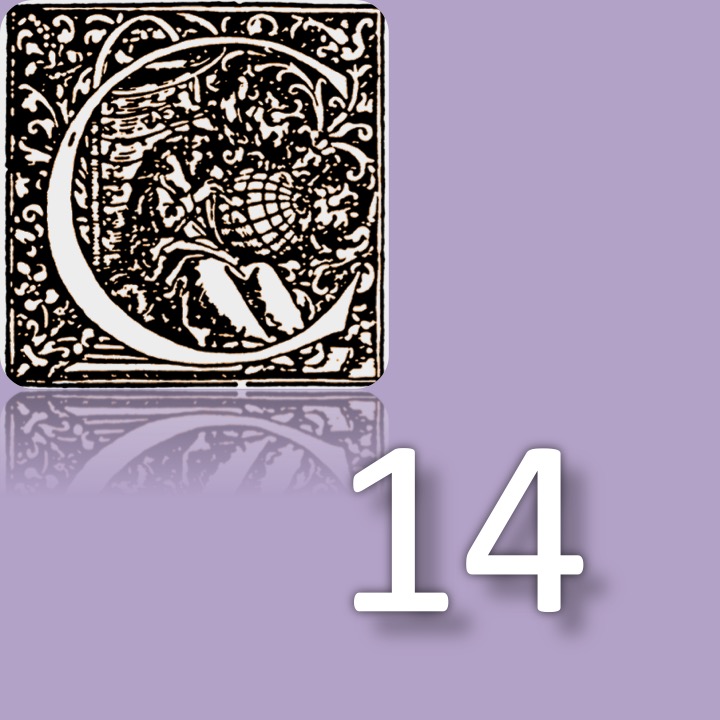Chemical-medical studies on urinary calculi in 17th century English literature
Abstract
Urinary calculi (also known as stones) were one of the most fearful diseases until the end of the 18th century. In the 1600s, for various reasons, the disease affected a large number of individuals from the poorest to the wealthiest ones, including many of the men engaged in modern science. Since very few survived surgical treatment, the quest for medicines able to cure or afford relief to the excruciating pain associated with that condition became remarkably intensive. The main target of inquiry were some magisterial formulæ, which were very difficult if not impossible to locate, like the one elaborated by the reputed J.B. van Helmont (1580-1644) using alkahest and ludus, i.e., practically (or actually) mythical materials. The aim of the present study was to follow up those developments, particularly in 17th century Britain. For that purpose, the correspondence and ephemerides of the intelligencer Samuel Hartlib (1600-1662) are particularly relevant.


.png)
